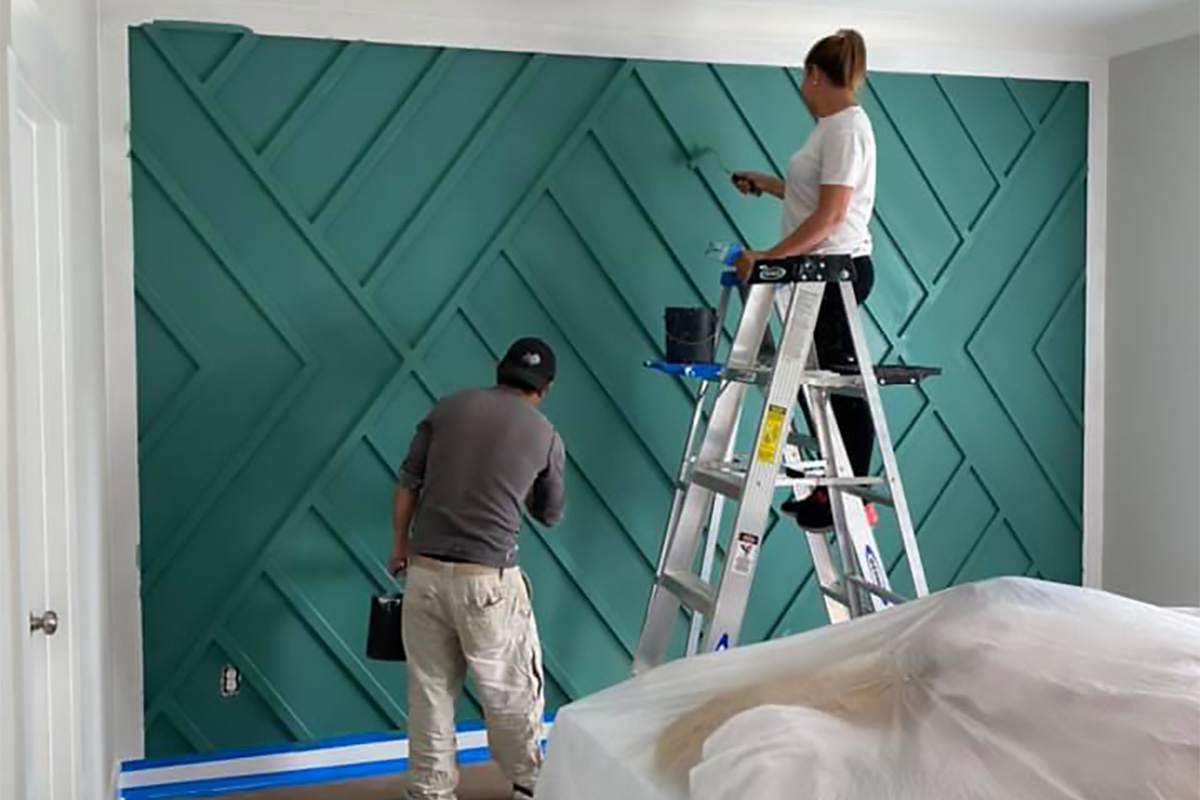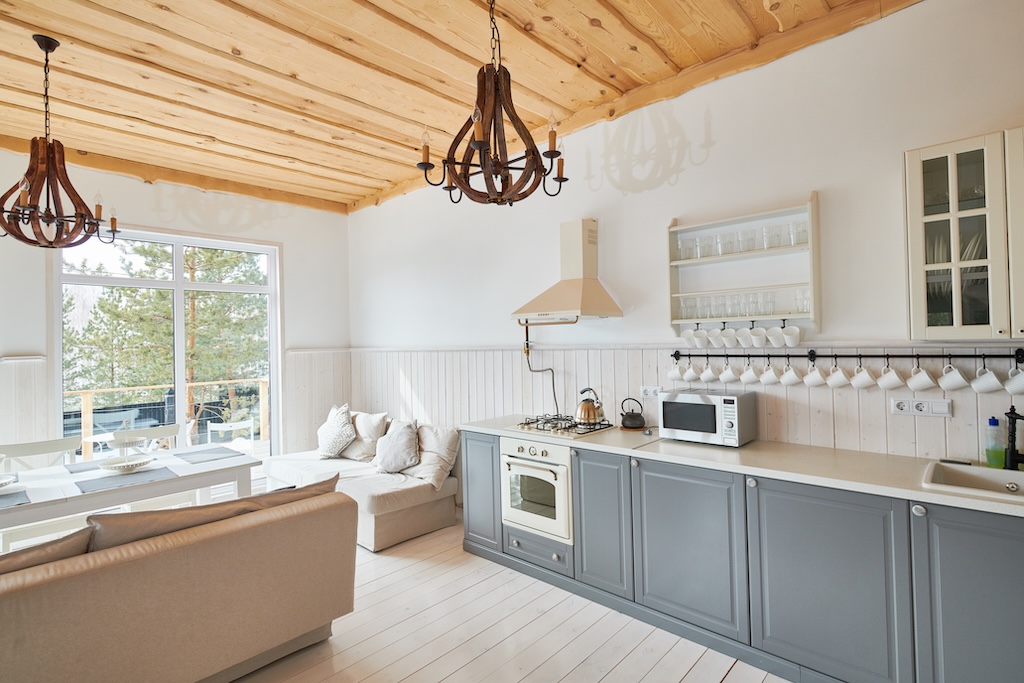Professional Lakewood Interior Painting Services for a Fresh Home Makeover
Professional Lakewood Interior Painting Services for a Fresh Home Makeover
Blog Article
Enhance Your Inside Design With Comprehensive Color Appointment
The integration of shade assessment into interior decoration offers a special possibility to fine-tune and elevate the psychological and aesthetic resonance of a room. By engaging with a seasoned shade professional, you can navigate the intricacies of shade selection, making sure that your options not just complement building features but also reverberate with individual style and mental influence. This strategic partnership can significantly influence the total atmosphere of your atmosphere, fostering a sense of harmony and purpose. However, comprehending the subtleties of this procedure is important-- what key facets should be considered to attain optimum results?
Advantages of Color Appointment

Furthermore, shade appointment aids in making best use of natural light and enhancing spatial understanding. Lighter tones can make a room appear more extensive, while darker tones produce an intimate setup. Cleveland Metro Painting Specialists. This critical application of color can considerably influence the general setting of any interior space
Additionally, expert consultants possess a thorough understanding of classic standards and existing fads, making certain that the picked shades will certainly continue to be enticing over time. This insight can conserve customers from pricey redesigns in the future. Color consultation empowers customers by supplying them with a clear vision and instructions, fostering confidence in their design options and eventually leading to a much more successful and satisfying indoor style result.
Understanding Shade Psychology
The relevance of color psychology in interior decoration can not be overstated, as it looks into the emotional and emotional results that different hues can stimulate in individuals. Shades can influence state of mind, habits, and even performance, making them an important consideration in any kind of style task.
For example, warm shades such as red, orange, and yellow are often connected with power and warmth. They can boost feelings of exhilaration and comfort, making them ideal for social spaces like living areas or kitchens. On the other hand, awesome shades like blue, green, and purple often tend to evoke calmness and peace, making them optimal for rooms or meditation locations.
Additionally, using neutral tones can produce a well balanced environment by enabling the bolder shades to stick out without frustrating the detects. Recognizing these psychological effects allows developers to produce areas that not just look aesthetically pleasing yet also promote psychological health.
Incorporating color psychology right into indoor layout involves a thoughtful choice of colors customized to the desired function of each space, eventually improving the total experience for its owners. This awareness is important for accomplishing a unified and useful interior environment.
The Color Wheel Discussed
Comprehending the connections in between colors is crucial for reliable indoor layout, and the shade wheel functions as a beneficial device in this procedure. The color wheel, developed by Isaac Newton in the 17th century, illustrates the spectrum of colors arranged in a round layout. It consists of key shades-- red, blue, and yellow-- that can not be developed useful site by blending other colors. Secondary shades, developed by integrating primaries, consist of environment-friendly, orange, and purple. Tertiary shades arise from mixing a primary and a second shade, causing colors such as red-orange and blue.
The shade wheel helps developers comprehend the connections between shades, including corresponding, comparable, and triadic plans. Corresponding shades, positioned contrary each other on the wheel, develop lively contrasts that can invigorate a space. Analogous colors, located alongside one another, provide a cohesive and harmonious appearance. Triadic schemes make use of three evenly spaced shades, providing equilibrium and visual interest.
Making use of the color wheel in interior decoration not only boosts aesthetic charm but likewise stimulates specific feelings and ambiences, making it a vital reference for color appointment. Understanding these connections inevitably empowers designers to develop rooms that are both functional and aesthetically exciting.
Picking the Right Palette
Typically, picking the ideal scheme is a decisive consider attaining an effective interior design job. An appropriate color pattern can unify a space, enhance its functions, and evoke preferred feelings. To start, take into consideration the purpose of the room. Different areas serve different features and need schemes that mirror their desired usage; for example, serene shades such as soft blues or greens work well in bedrooms, promoting leisure.
Following, think about the natural light offered. Light can considerably modify exactly how colors appear, so it is necessary to assess the area at various times of the day. Furthermore, consider existing building components and furnishings. A harmonious scheme must match these features, developing a natural look throughout the room.
When picking shades, utilize the 60-30-10 policy, which suggests that 60% of the room ought to be a leading color, 30% a second color, and 10% an accent shade. This ratio makes certain balance and aesthetic rate of interest (Cleveland Metro Painting Specialists). Finally, sample colors on the walls prior to committing, as this permits you to see how the tones communicate with each other and the overall setting they create in your interior decoration job.
Collaborating With a Shade Consultant

When collaborating with a color specialist, the process usually starts with a preliminary examination. Throughout this conference, you'll review your vision, preferences, and the existing aspects in your area. The specialist will evaluate your needs and may recommend specific color schemes that straighten with your objectives.
After developing a direction, the specialist will check that provide examples and aesthetic help to assist you visualize the proposed shade systems. This action is important, as colors can appear in different ways under differing illumination conditions.
Additionally, a shade professional can assist you in choosing complementary home furnishings, artwork, and accessories to integrate with your selected combination. By collaborating very closely, you can accomplish a refined visual that raises your interiors and develops an inviting atmosphere. Inevitably, the know-how of a color professional can dramatically improve the overall effect of your design job.
Conclusion
In recap, thorough color examination offers as a vital tool for improving indoor design. By leveraging professional understanding of shade psychology and spatial dynamics, a tailored shade combination can be developed to stimulate details feelings and create a harmonious atmosphere.
By involving with a skilled color expert, you can browse the intricacies of shade selection, guaranteeing that your options not just enhance building attributes but also resonate with personal style and mental effect. It makes up main shades-- find out red, blue, and yellow-- that can not be produced by blending various other shades.The color wheel assists designers comprehend the connections in between colors, including complementary, comparable, and triadic plans.When selecting colors, utilize the 60-30-10 rule, which suggests that 60% of the space should be a leading shade, 30% a second shade, and 10% an accent color. By leveraging professional knowledge of shade psychology and spatial dynamics, a tailored shade scheme can be created to evoke particular emotions and create an unified setting.
Report this page